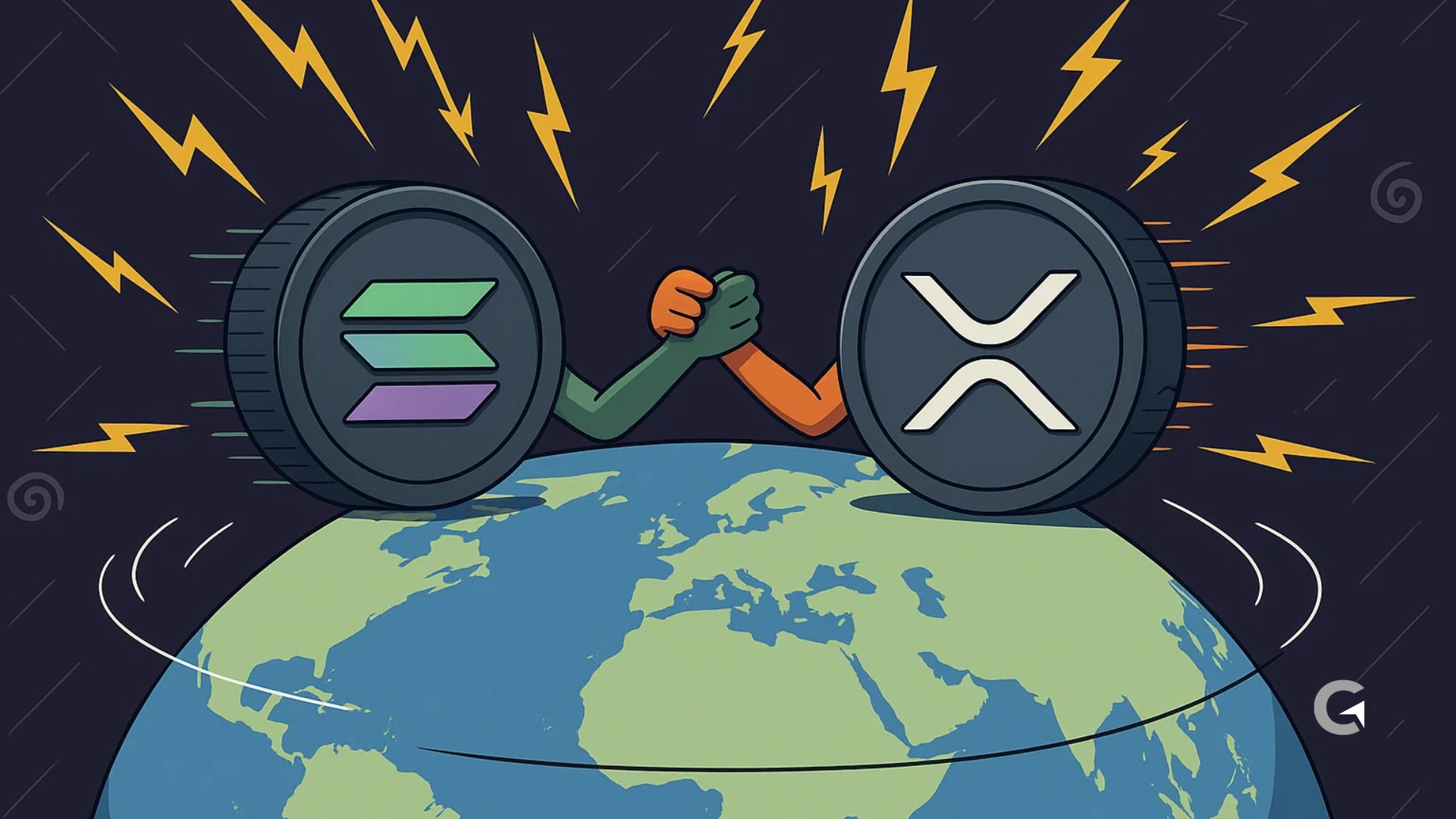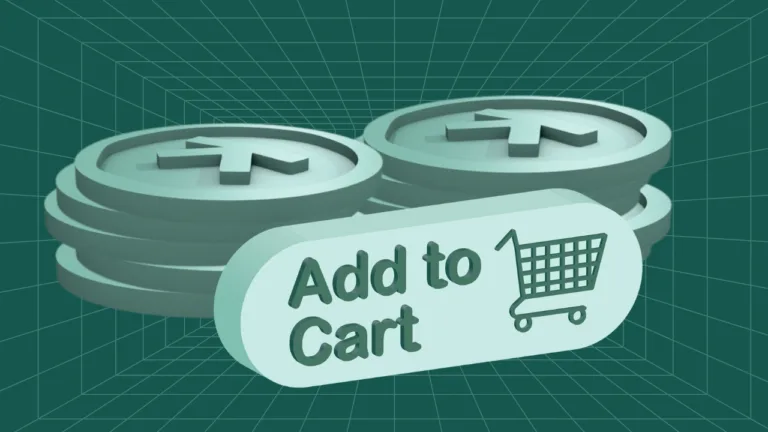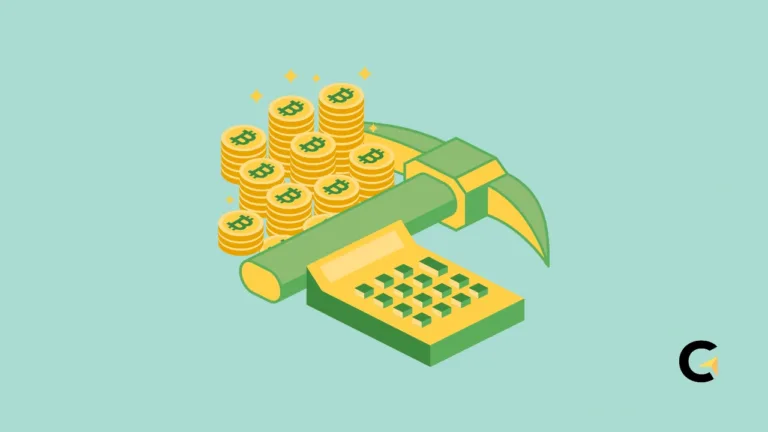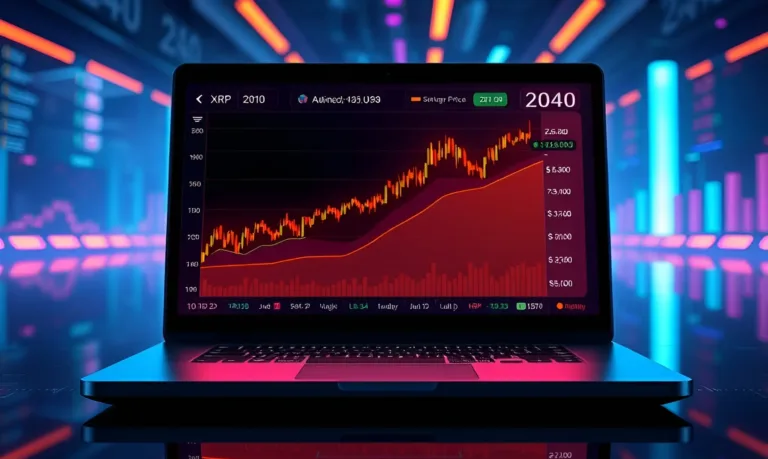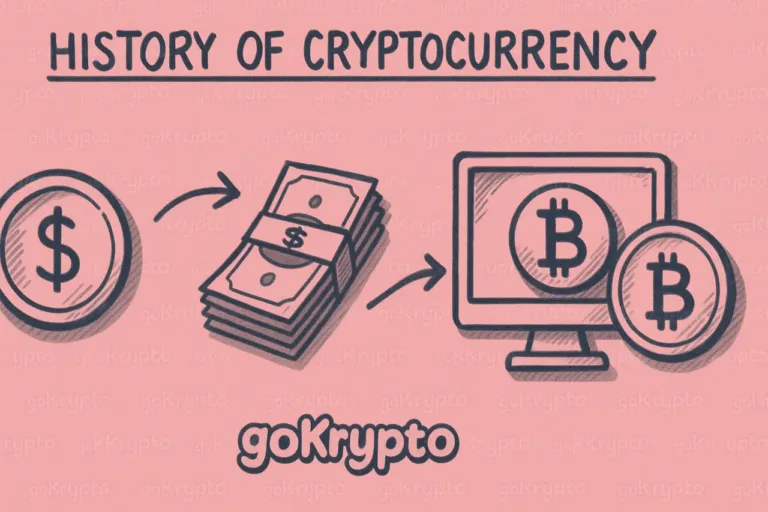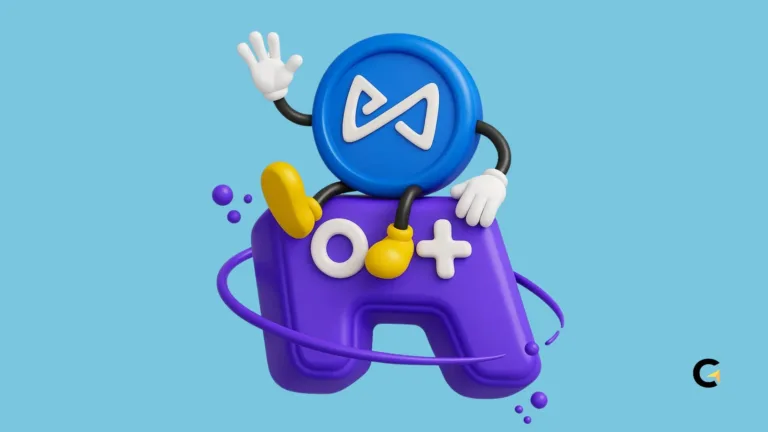Should I buy XRP or Solana?
Should I buy XRP or Solana? It depends on your goal: for bank-grade payments, choose XRP; for fast-moving apps and NFTs, go with Solana.
In April, XRP traded around $2.16 as Ripple scored wins in its SEC case, while Solana jumped 67% to $157 on fresh tokenization deals.
We’ll break down each protocol, compare recent market moves, and give you a simple four-step framework to decide which fits your portfolio best.
Key Takeaways:
ShowXRP and SOL Recent Market Snapshot
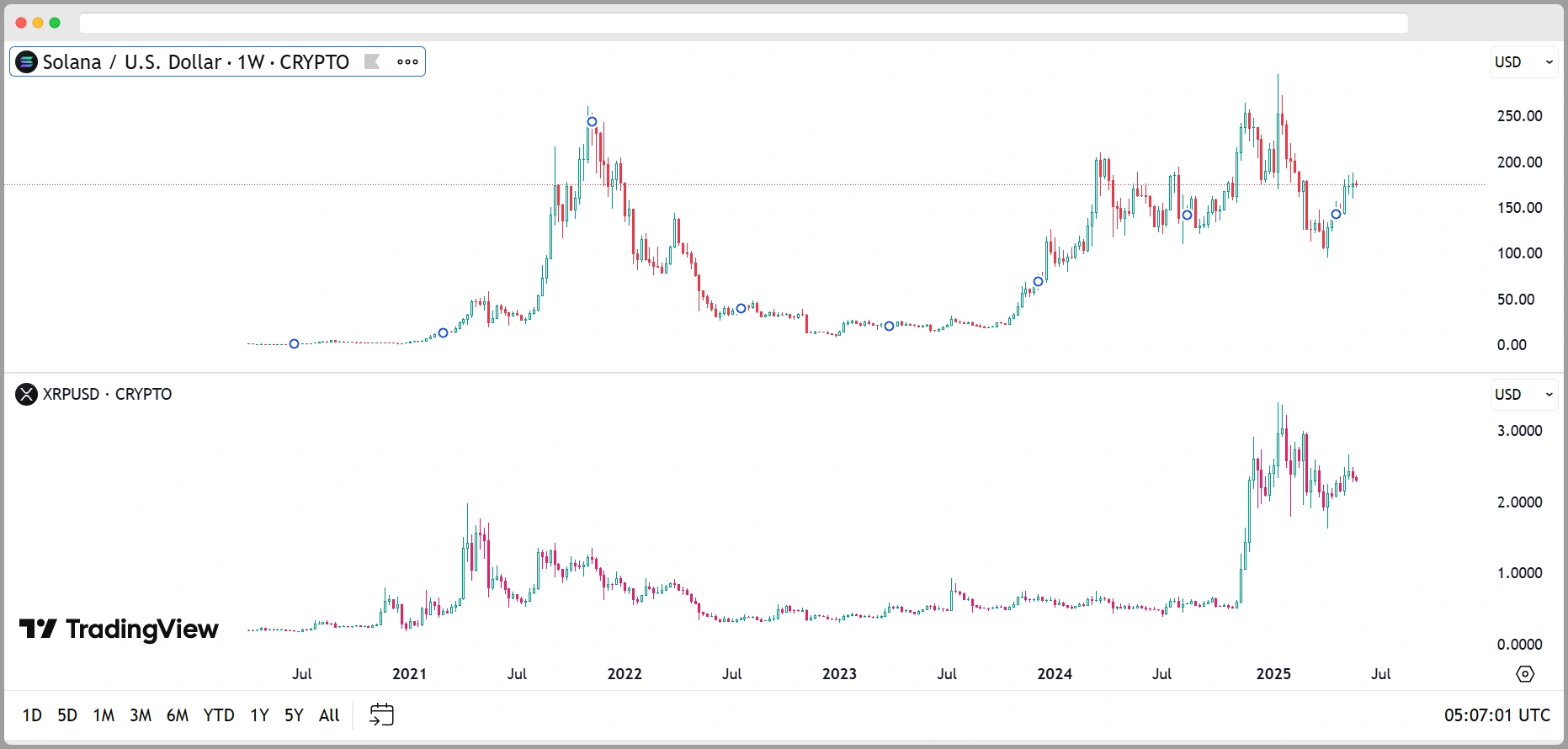
As of May 1, 2025, XRP was trading around $2.21, down from its early-March peak near $3.40 but still holding key support above $2.00.
Recent gains have come on the back of favorable court rulings in Ripple’s SEC lawsuit, renewed speculation around a potential XRP ETF, and a technical breakout above $2.40 resistance.
Meanwhile, Solana started May around $160—a strong support level—and rallied to approximately $178 by May 24, 2025.
Momentum accelerated after Solana’s network announced partnerships with several major banks to explore real-world asset tokenization, driving renewed institutional interest.
In global views, traders have shifted into “extreme greed” territory on the Fear & Greed Index, indicating strong bullish conviction but also warning of possible pullbacks.
Furthermore, a surge of Bitcoin above $110,000—its highest level in months—has further bolstered confidence across the crypto market.
What Is XRP?
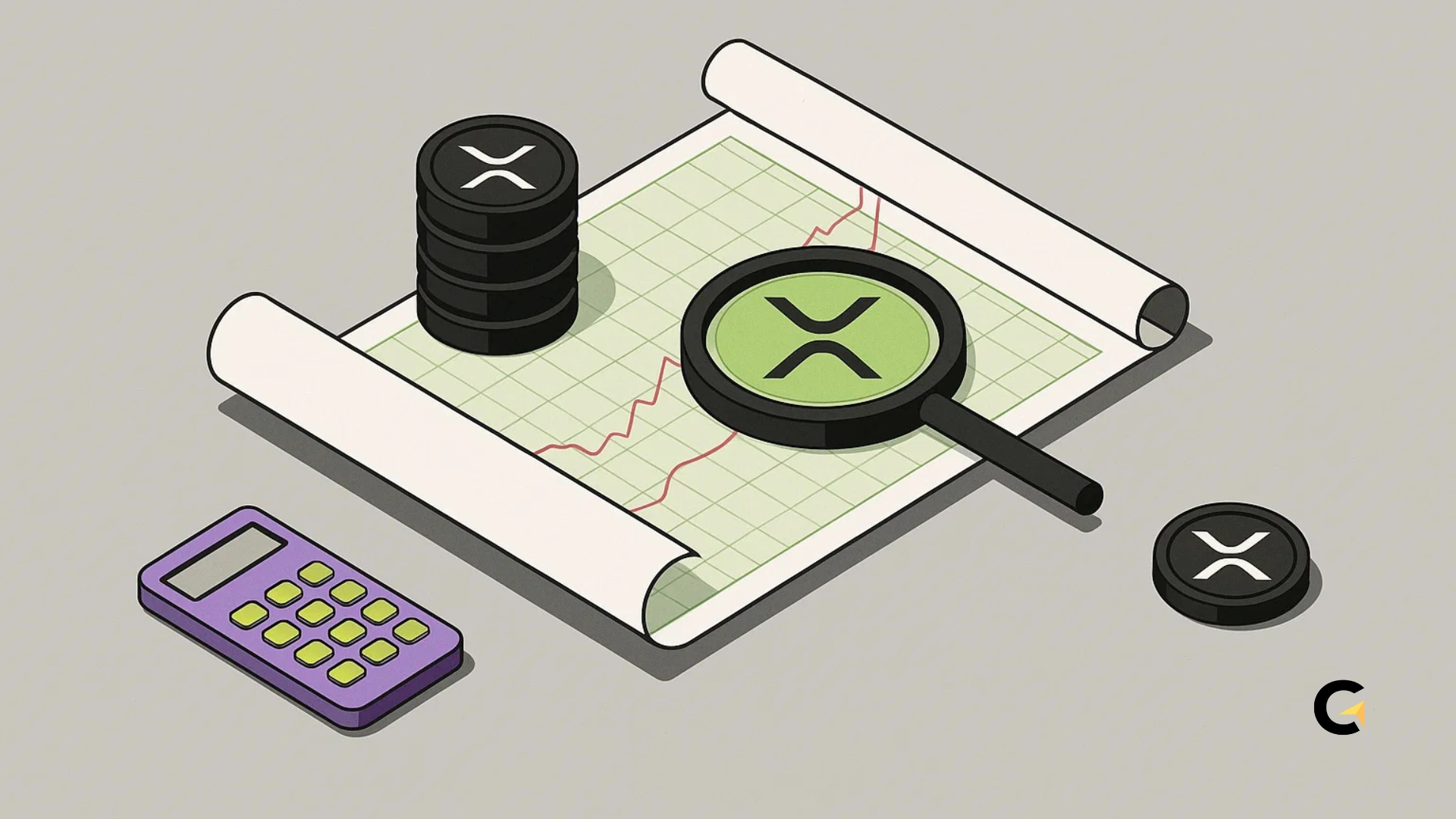
XRP is the digital token used on the XRP Ledger, a network built to help banks and payment providers move money across borders quickly and at very low cost.
It acts as a “bridge currency,” so when you need to exchange one fiat currency for another—like dollars to euros—those funds can first convert into XRP, travel through the ledger, and then convert into the target currency on the other side.
Transactions settle in just 3–5 seconds and typically cost far less than a penny, making XRP much faster and cheaper than many other payment methods.
Core Purpose & Who Uses It
XRP’s main goal is to cut both the time and fees involved in cross-border payments.
Financial institutions and remittance services join a network often called “RippleNet” to tap into XRP for on-demand liquidity.
This approach avoids the need for banks to pre-fund foreign currency accounts, which is especially useful in markets where traditional transfers can be slow or expensive.
How the XRP Ledger Works
Unlike many blockchains that group transactions into blocks, the XRP Ledger processes each transaction individually, updating its shared record almost instantly.
Validator servers—chosen by the network—vote on each transaction’s validity and typically reach a consensus in a few seconds.
Because there’s no mining, the network uses minimal energy and keeps fees extremely low.
Regulatory & Legal Status
Since 2020, the U.S. Securities and Exchange Commission has argued that XRP should be treated as a security rather than a currency.
This lawsuit has led some U.S. exchanges to limit or suspend XRP trading.
The case remains ongoing, and its outcome could either open the door to wider adoption or impose new restrictions.
Investors should understand that this legal process can drive price swings independently of the technology’s performance.
Price Prediction by Experts for XRP
By mid-2025, XRP forecasts stretch from just under $1 at the most guarded extreme to around $100 in the most optimistic scenarios, reflecting uncertainty over Ripple’s legal standing and how quickly banks and payment providers will integrate the token into their settlement rails.
Fast-forward to 2030, and the outlook tightens: in cautious models XRP drifts near $5 if adoption stalls, while in bullish cases—driven by widespread use in cross-border transfers—it climbs toward $35 as global financial institutions lean into blockchain settlements.
By 2040, long-term projections span roughly $15 at the low end—assuming incremental growth and slower regulatory clarity—to about $75 under market-share analyses that envisage XRP powering a leading slice of international payments.
Looking all the way ahead to 2050 for XRP, even conservative compound-growth estimates place XRP near $50, whereas the most ambitious forecasts—premised on Ripple securing a dominant role in both corporate and central-bank digital-currency integrations—see it approaching $500, a level still far shy of the broader crypto-mega-caps.
What Is Solana?
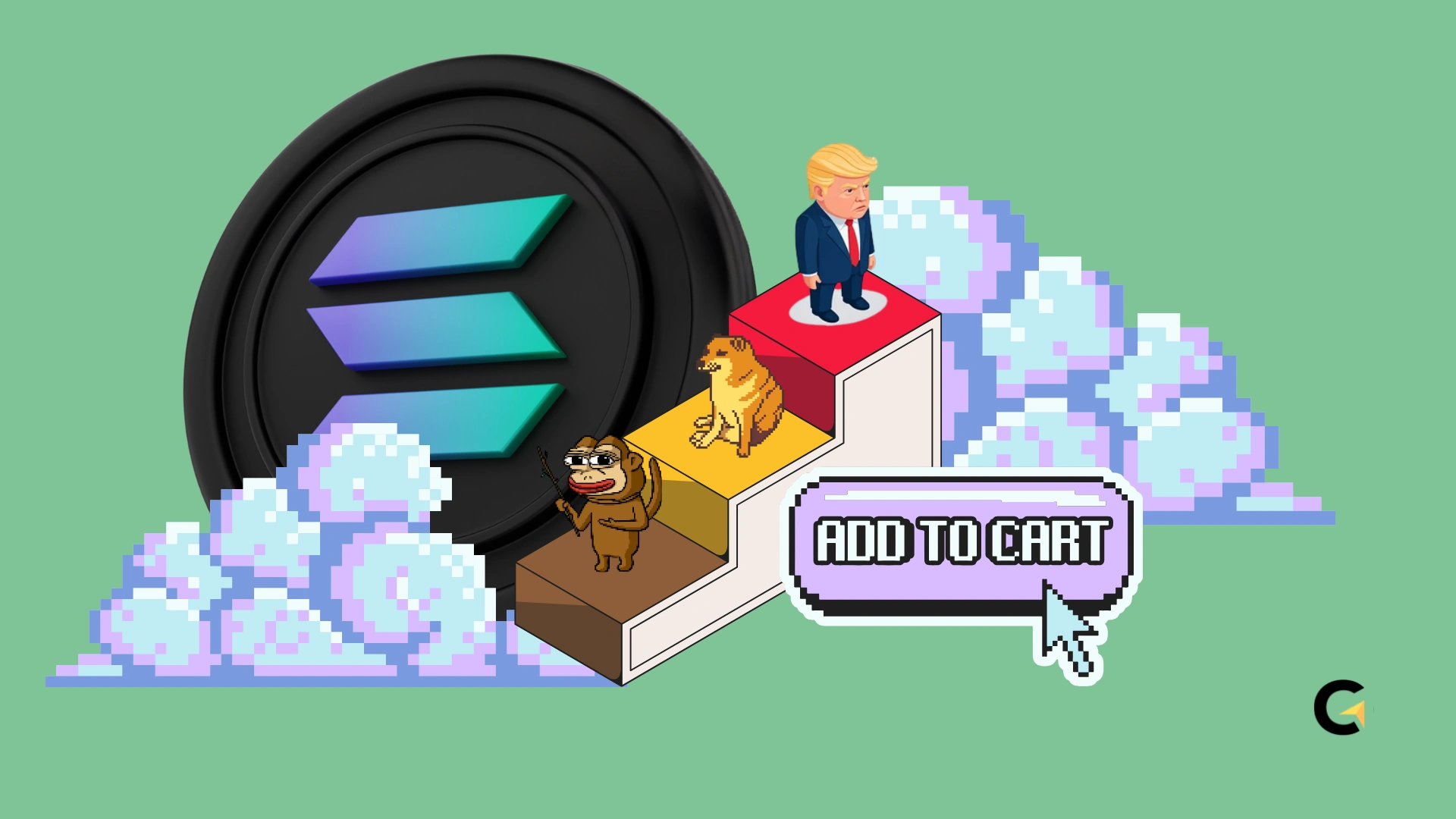
Solana (SOL) is a blockchain built for running decentralized applications—everything from finance tools to games and digital collectibles.
It stands out because it can handle a huge number of transactions per second at very low cost, making it attractive for developers and users alike.
Core Purpose & Who Uses It
Solana’s main goal is to give developers a fast, affordable platform for building apps without relying on traditional servers.
Decentralized finance projects use it to offer instant trades and low fees. NFT marketplaces run on it to let people mint and transfer digital art quickly. Games and virtual-world platforms leverage its speed to handle complex in-game economies in real time.
A growing set of wallets, data services, and developer tools support the ecosystem and make it easy to build and interact.
How Its Consensus Delivers Speed
Solana combines a system called Proof of History—which timestamps and orders transactions before they’re confirmed—with a Proof of Stake process that finalizes them.
By verifying the sequence of events ahead of time, it cuts down on confirmation delays.
Once ordered, staked validators quickly agree on each block in under half a second on average.
This design does away with energy-intensive mining and supports tens of thousands of transactions per second.
Trade-Offs: Performance vs. Occasional Downtime
Packing so many transactions into each block and rotating leaders rapidly can lead to slowdowns or brief pauses when demand spikes or software issues occur.
The network has needed coordinated restarts in the past to resolve congestion or bugs.
While upgrades continue to improve stability, users and developers should watch status dashboards and announcements to stay aware of any interruptions.
Price Prediction by Experts for SOL
By mid-2025, Solana’s price is forecast to range from about $97 at the low end up to roughly $500 at the high end, depending on how quickly its network adoption and broader crypto markets recover.
By 2030 SOL in a conservative models projected around $515–$600 if it only modestly captures DeFi activity, while bullish scenarios driven by rapid ecosystem growth push targets past $5,000.
Meanwhile long-term forecasts such as 2040 for Solana, diverge between roughly $1,700 under a moderate growth path and over $6,000 if Solana secures double-digit share of a projected $30 trillion crypto economy.
By 2050, even restrained compound-growth projections yield prices near $2,040, while the boldest market-share-based hypotheses still cap out around $6,000—reflecting the deep uncertainty of such distant predictions.
Head-to-Head Comparison
To see at a glance how XRP and Solana stack up, here’s a straightforward comparison of their most important features.
This table highlights each coin’s speed and cost, reliability risks, main uses, and key supply metrics—so you can quickly spot which strengths and trade-offs matter most for your goals.
| Criteria | XRP | Solana |
|---|---|---|
| Speed & Cost | Settles in 3–5 seconds Average fee <$0.0002 Real-world throughput ~25–70 TPS |
Block time ~0.39 seconds Average fee ~$0.00025 Theoretical throughput up to 65,000 TPS |
| Reliability & Risk | Regulatory uncertainty from ongoing SEC lawsuit Occasional exchange delistings |
Occasional network congestion or brief outages Requires monitoring of network health status |
| Primary Use Cases | Cross-border payments for banks and remittance services Bridge currency for fiat transfers |
Running decentralized apps (DeFi, NFTs, games) at high speed and low cost |
| Key Market Metrics | Max supply 99.9 billion; ~52% circulating, remainder in escrow | No fixed max supply; annual inflation rate gradually decreases; staking rewards ~6–8 % APY |
Four-Step Decision Framework
Use this simple method to choose XRP, Solana, or a mix—based on what you want, what risks you can live with, how long you’ll hold, and how you want to split your funds.
1. Define Your Goal
Decide what you want crypto to do for you:
- Fast, low-cost payments: XRP is built for quick, cheap cross-border transfers.
- Access to apps and collectibles: Solana lets you use decentralized finance tools, games, and NFTs with minimal fees.
2. Assess Acceptable Risks
List which trade-offs you’re comfortable with:
- XRP’s legal uncertainty: The outcome of Ripple’s court case could affect XRP’s availability and price swings.
- Solana’s network health: Occasional congestion or software bugs can lead to brief pauses in service.
3. Choose Your Time Horizon
Decide how long you plan to hold your coins:
- Short-term trading (<1 year): Volatility may create opportunities—XRP moves on news, Solana on network events.
- Long-term holding (years): Look for projects with clear roadmaps and growing adoption—banks for XRP or developer activity on Solana.
4. Decide Allocation
Split your investment based on your goals, risks, and horizon:
- All-in on one: Commit fully to XRP (payments focus) or Solana (app focus).
- Balanced split: Try a 50/50 or 70/30 division to blend stability and growth potential.
- Layered approach: Hold small positions in both, alongside other assets like Bitcoin or Ethereum, for extra diversification.
How to Get Started with XRP or SOL
Below is a straightforward guide to buying, storing, and managing XRP and Solana without any external links or jargon.
Buying and Storing XRP Securely
- Choose a reputable exchange. Look for a platform known for strong security and compliance to purchase XRP with your local currency.
- Complete identity verification. Enable two-factor authentication (2FA) and finish any required identity checks to unlock full withdrawal limits and enhance account safety.
- Buy XRP. Use a market order for immediate execution or a limit order to set your desired price.
- Transfer to a non-custodial wallet. Move your XRP off the exchange into a wallet you control—either software or hardware—that supports the XRP Ledger.
- Secure your recovery phrase. Write down your wallet’s seed phrase on paper and store it in a safe place. This is the only way to recover your funds if your device is lost or damaged.
Setting Up a Solana Wallet and Trying an App
- Install a Solana wallet. Choose a popular browser-extension wallet and create a new account, saving your recovery phrase offline.
- Fund your wallet with SOL. Purchase SOL on an exchange, then withdraw it by pasting your wallet’s public address into the withdrawal field.
- Explore a simple dApp. Connect your Solana wallet to a beginner-friendly app for a token swap or NFT marketplace to see how transactions work.
- Perform a small transaction. Swap a tiny amount of SOL for a stablecoin or mint a free test-network NFT to learn about fees, confirmation times, and the wallet interface.
Tips for Managing and Monitoring Your Holdings
- Use a portfolio tracker. Link your exchange accounts and wallets to a tracking app for real-time value updates and allocation breakdowns.
- Set price alerts. Configure notifications for specific price moves—such as 10% gains or drops—so you can react without constantly watching charts.
- Rebalance periodically. Every one to three months, review your allocation between XRP, Solana, and any other assets, then adjust to maintain your target mix.
- Stay informed. Follow official project announcements and community channels for network upgrades, security advisories, and ecosystem news.
- Practice security hygiene. Never share private keys or seed phrases, consider a hardware wallet for large balances, and avoid clicking unknown links to minimize phishing risks.
Which one is Better: XRP vs Solana?
Choosing between XRP and Solana comes down to what you want crypto to do for you. If fast, low-cost cross-border payments are your priority and you can tolerate legal uncertainty, XRP fits the bill. If you’re eager to explore decentralized apps, games, and digital collectibles—and can handle occasional network hiccups—Solana is the better choice.

